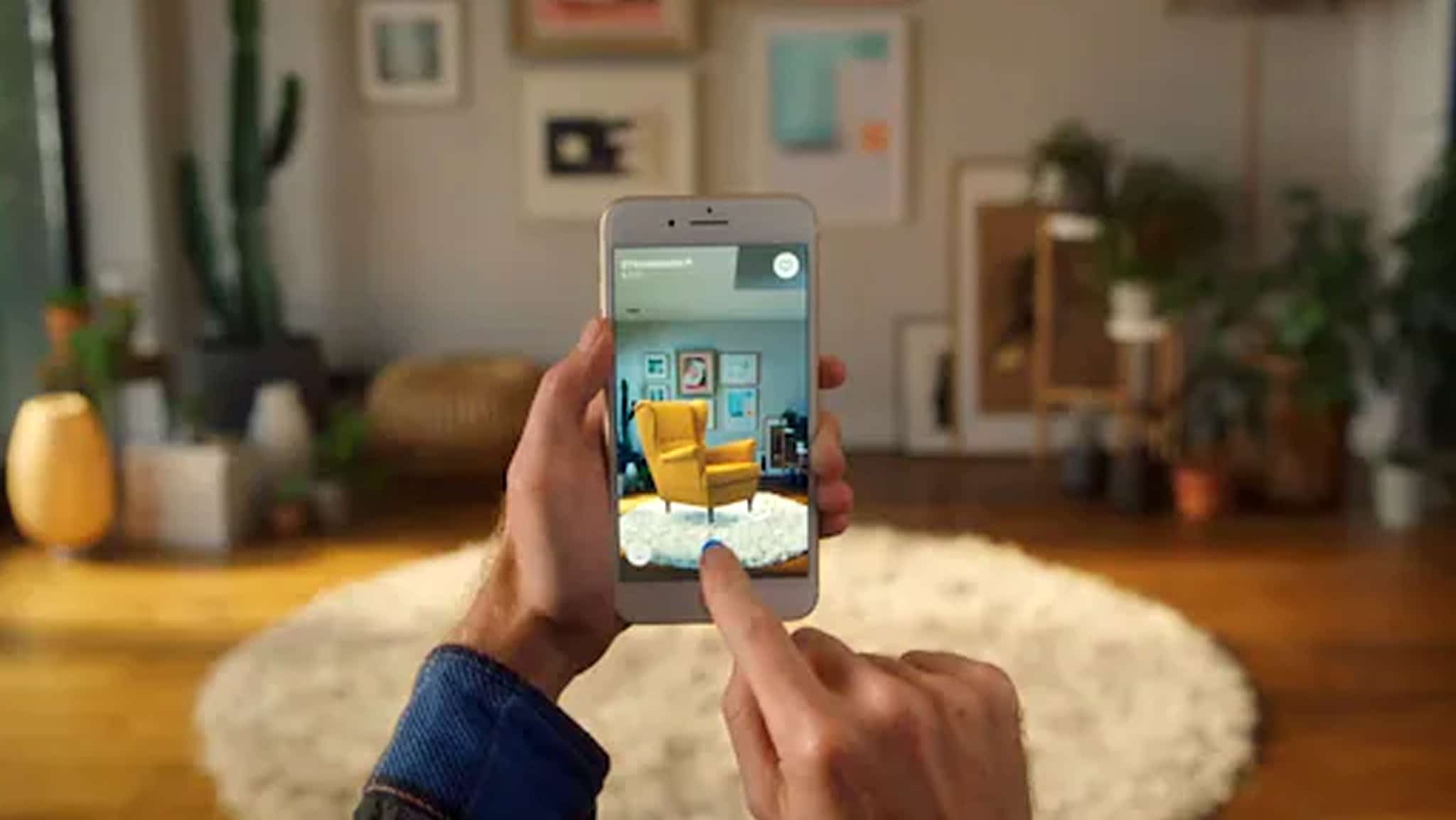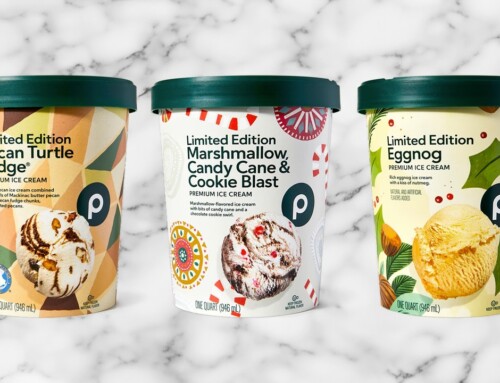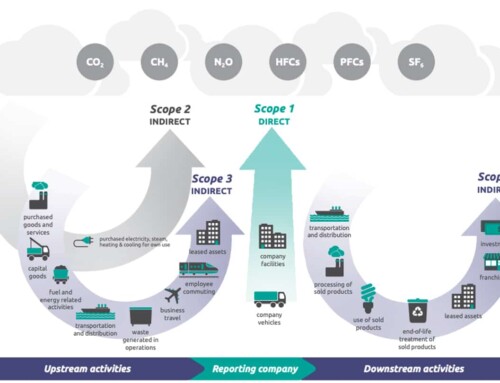
Phygital marketing is defined as the joining of the online and the offline environments, by taking the best parts of each space to create a more satisfying customer experience. With the swipe of a mobile device, consumers can access marketing stories that are entertaining, educational, and connected to the brand.
Connected Packaging
One of the first, and still popular, forms of phygital marketing is ‘connected packaging’, which contains QR codes, barcodes, or image recognition. This type of packaging connects consumers to relevant content through a browser-based app accessed through a mobile device.
The Fish Agency helped wine label Chateau des Charmes become the first winery in North America to incorporate QR codes on its labels, connecting wine lovers to their website containing information about food matches, tasting notes, and recipe ideas.
Augmented Reality
Phygital marketing technology also includes augmented reality. If you’ve ever caught a Pokémon or used a filter to become a mouse during an online video call, then you’ve used augmented reality.
Examples of brands utilizing augmented reality:
- Ikea uses augmented reality technology to insert a 3D object into the mobile view of a user’s surroundings, which helps people see how furniture might look in their homes before they buy.
- Jack Daniels creates a fully immersive experience with a downloadable app that allows consumers to take a virtual tour of their Distillery.
- 19 Crimes includes mug shots of famous historic criminals on their labels. These labels come to life to tell the stories of their crimes when viewed through a mobile device on their app. According to Better Retailing, their brand grew 60% in sales and 70% in value after this campaign.
How to incorporate phygital marketing into your brand design:
- Know your brand story and consider where it intersects with your customers’ lifestyles.
- Highlight those intersections in a phygital experience to help build loyalty and drive buying choices.
- Decide on the context—at home, in-store, or on the go –wherever you believe your customer would find an augmented shopping experience most valuable.
- Decide on just one product label to begin with. This keeps the budget manageable, and you can use the results of one campaign to assess the impact of the technology to help you scale.
Guest Post By:

Rebecca Hamilton
CEO, The Fish Agency
Rebecca Hamilton is the CEO of award-winning Fish Agency and sister agency Whitespace Brands Inc., subsidiaries of Fish Tank Holdings. With over 30 years of experience, Rebecca has established herself as one of North America’s leaders in the fields of strategic branding, design and communications for Clients in the retail sector.
Related Incites
2025 EVENTS
TICKETS, SPONSORSHIPS & EXPO BOOTHS NOW AVAILABLE







